The G2 Greencycle 2nd generation is a project that draws from a two-year research study, to challenge current design practice to transform human-power transportation design. A culture-centric approach is used to shift design thinking and practices away from the ongoing unsustainable production of goods and services that are unfit for the human conditions in poor countries. Poor countries need and depend on this mode of transportation for a wide range of uses.
Designer : Paulus Maringka
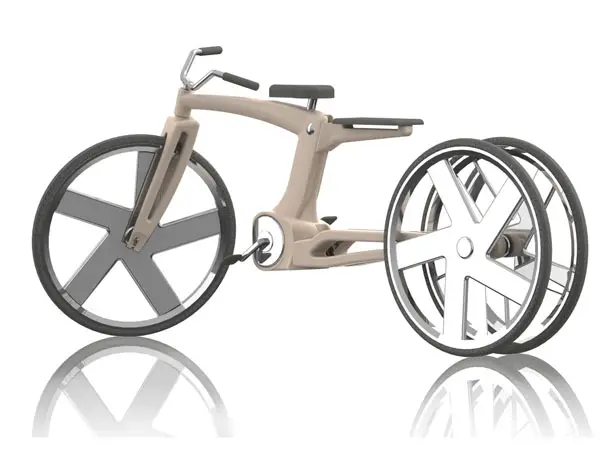
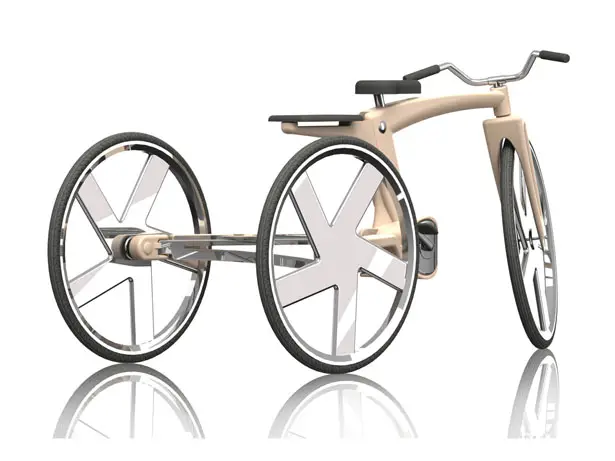
Pre-design information gathered from observation, interviews and participatory design approach of target users and bicycle manufacturers in Indonesia provided a good understanding of bicycle use in relation to the user’s needs and wants in their natural environment. This information provided insights on how low income users modify their bicycles to maximize their personal needs.
This knowledge was later used to explore a series of new bicycle concepts and bicycle accessories to increase the bicycle’s FUNCTIONALITY AND load capability aimed at improving the user’s way of life. G2 is currently in the top 20 finalist of the 2011 International Design Bicycle Competition (IBDC).
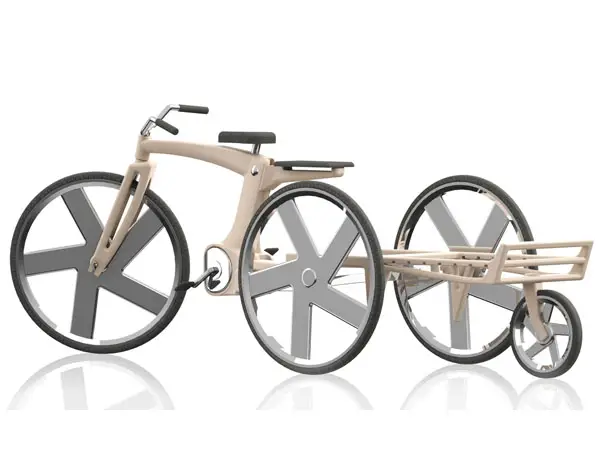
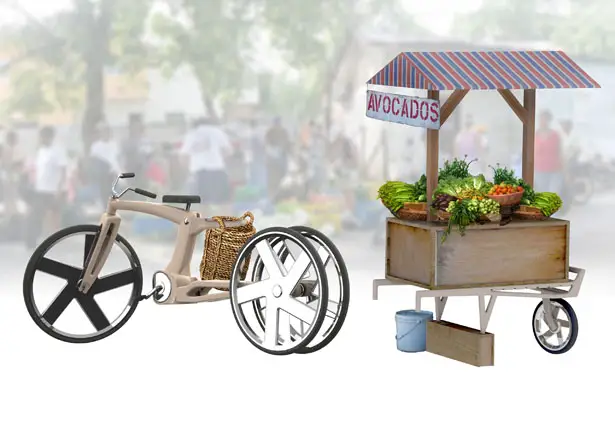
The G2 Greencycle 2nd generation incorporate the following optimum features:
1. A splayed rear wheel base to provide a stable surface for heavy load storage/ carrying which conventional bicycles don’t have.
1. A splayed rear wheel base to provide a stable surface for heavy load storage/ carrying which conventional bicycles don’t have.
2. The ability to convert back to a two wheel configuration style when the terrain requires tight negotiation – like a narrow pathway through a padi field or poor road conditions as commonly found in Third World countries.
3. Provision for a basic frame for further customization depending on the user’s needs and wants, such as a hawker’s stand.
4. A splayed rear design has given an opportunity for a further fixing point for additional attachments.
5. An attachment that has a dual purpose as a wheel barrow for loading goods and as a trailer for carrying goods.
6. An S-frame shape instead of a diamond frame shape to free up and create as much space for loading.
7. A strong central core acting as an anchor for other attachments, such as a people carrier.
8. A stronger wheel design.
9. The main frame components made from environmentally friendly composite bamboo based materials which can be molded to produce the desired form.
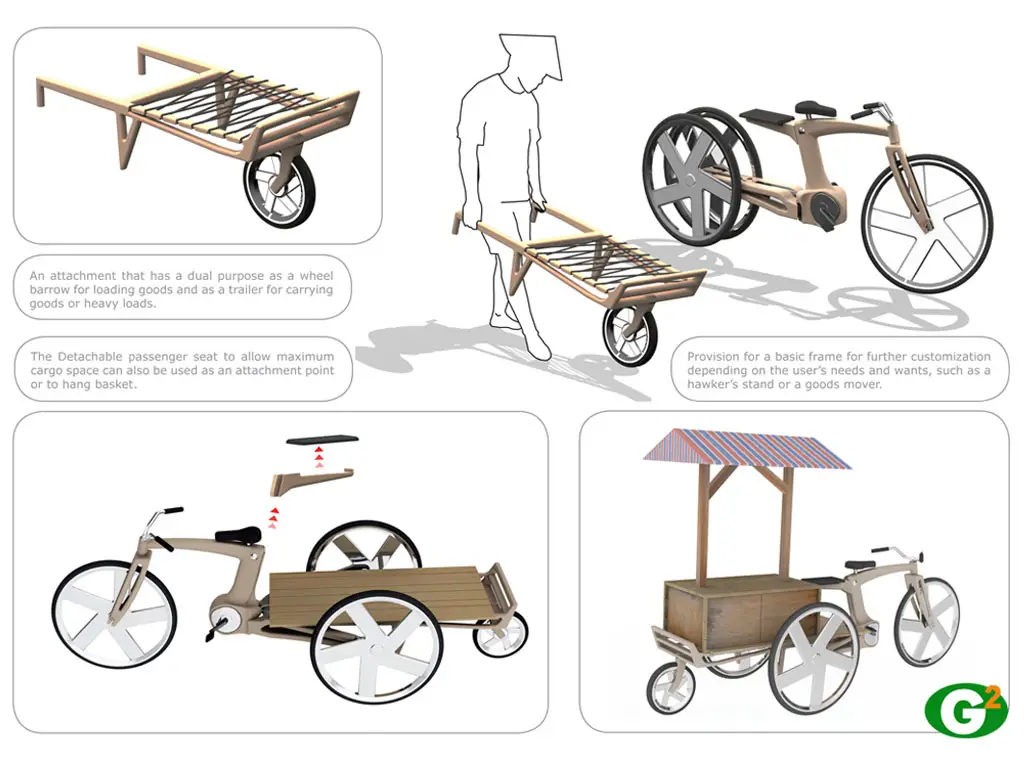
.gif)
.gif)


0 Responses So Far:
Post a Comment